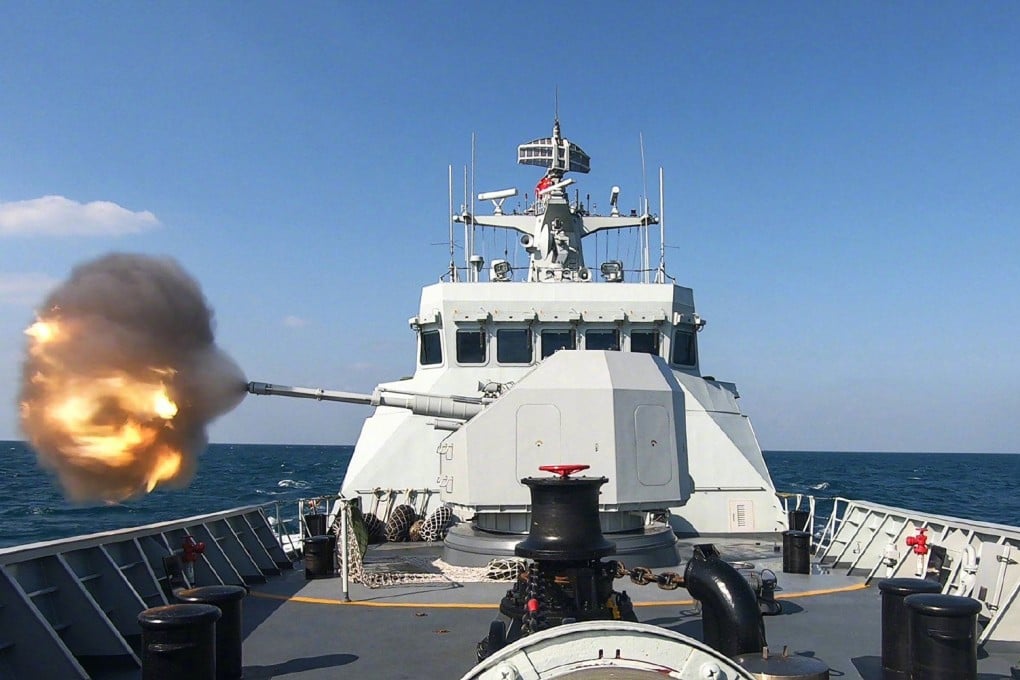To maintain calm in the South China Sea, Beijing just reaches for the bilateral playbook
China’s often-used bilateral consultation mechanism doesn’t always work, but it does help defuse conflicts, experts say

Back in 2019, the two Asian powers agreed to set up a bilateral consultation mechanism (BCM) specifically for dealing with maritime issues. In October this year, it was finally set into motion.
Details of the consultation were scant – both sides said only that they would improve practical cooperation.
But this bilateral method appears to be Beijing’s go-to approach to handling South China Sea disputes. And although the strategy has had both wins and fails, maritime experts say the very existence of mechanism plays a crucial part in preventive diplomacy that both manages tensions and fosters consensus.
One of the main reasons Beijing uses this approach is to stop interference from other countries that could complicate or escalate issues, according to Luo Liang, an assistant research fellow at the National Institute for South China Sea Studies.
“When relations between China and Malaysia are strong, both countries can push forward with pragmatic cooperation and enhance their communications,” Luo said.